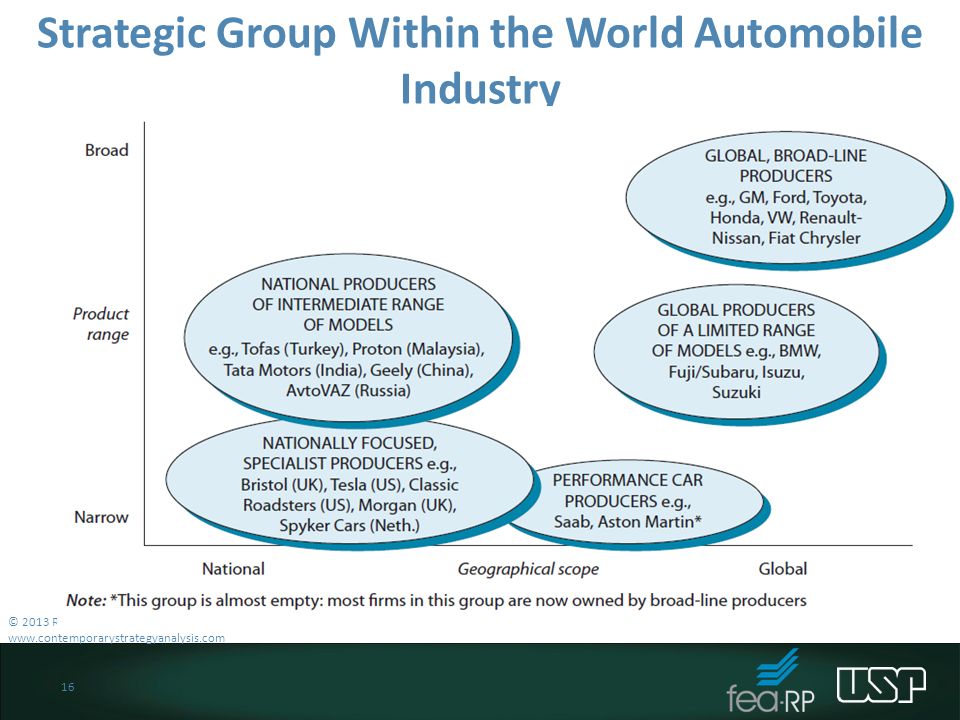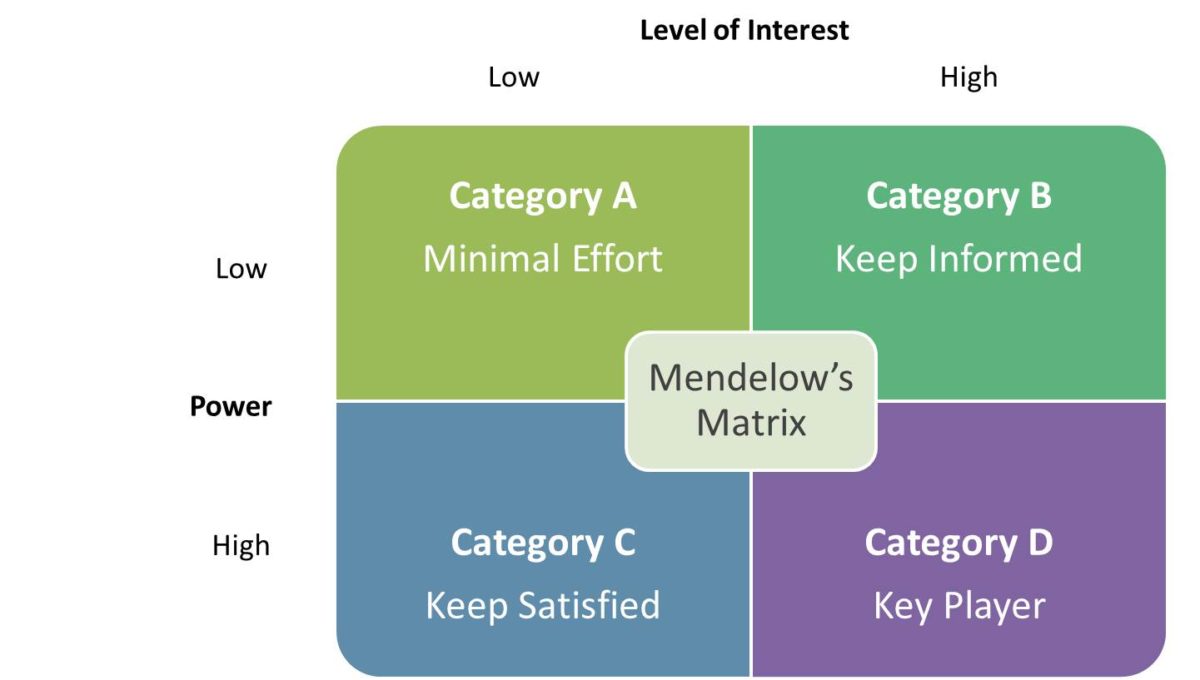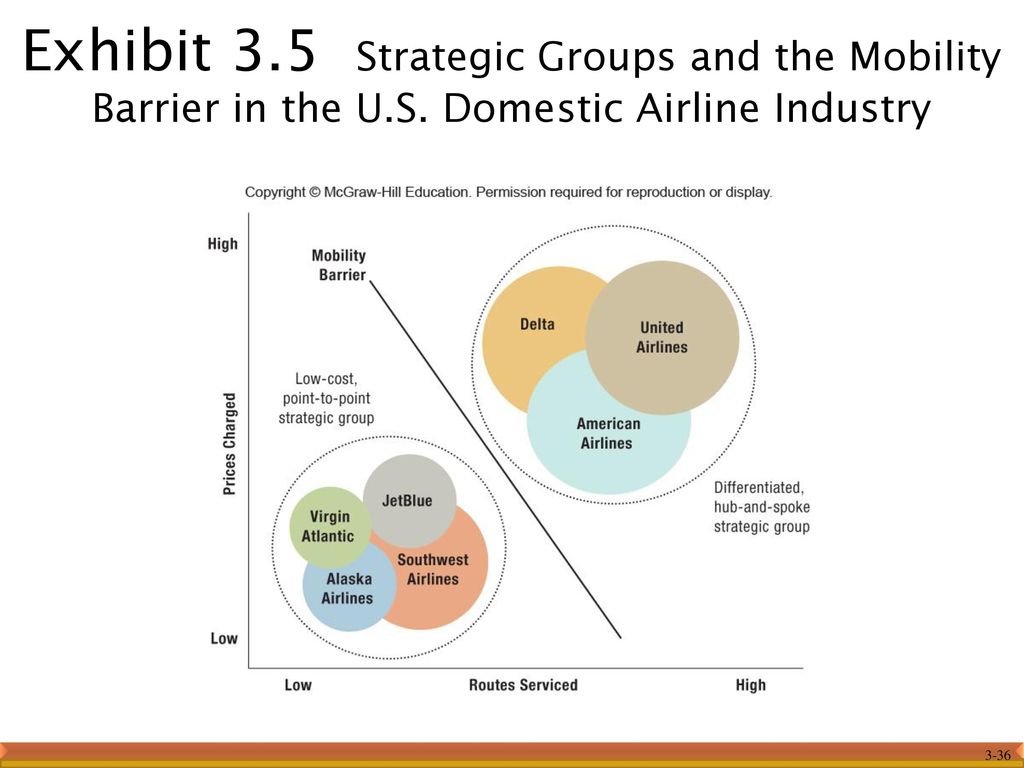Strategic group mapping is a tool used to analyze and understand the competitive landscape within an industry. In the automobile industry, strategic group mapping can help companies understand the various groups of competitors they are facing, and how to position themselves in the market.
There are several ways to map the strategic groups within the automobile industry. One common method is to use market segments as the basis for the map. For example, a strategic group map of the automobile industry might include segments such as luxury cars, mid-priced sedans, economy cars, and sports cars. Within each of these segments, companies that compete with similar products and target the same customers would be placed in the same strategic group.
Another way to map the strategic groups within the automobile industry is to use technological capabilities as the basis for the map. In this case, companies that have similar technological capabilities, such as advanced manufacturing processes or advanced materials, would be placed in the same strategic group. This type of map can be useful for understanding how companies are differentiating themselves through their technological capabilities, and can help companies identify areas where they may have a competitive advantage or disadvantage.
A third way to map the strategic groups within the automobile industry is to use business models as the basis for the map. In this case, companies that have similar business models, such as traditional dealerships or direct-to-consumer sales, would be placed in the same strategic group. This type of map can be useful for understanding how companies are approaching the market and how they are structured to meet the needs of their customers.
Regardless of the method used to map the strategic groups within the automobile industry, it is important for companies to understand the competitive landscape and how they fit within it. By understanding the strategic groups they are competing against, companies can develop strategies to position themselves in the market and differentiate themselves from their competitors. This can be achieved through a variety of means, such as developing new products or services, entering new market segments, or leveraging technological capabilities or business models to create a competitive advantage.



.jpg)


